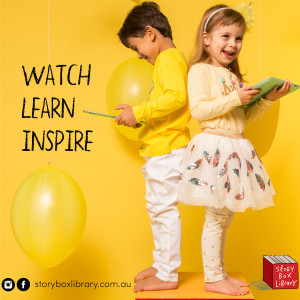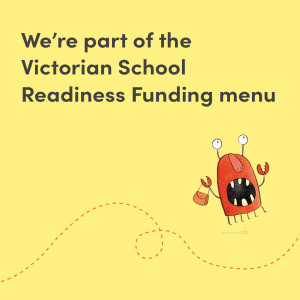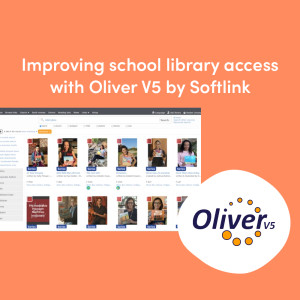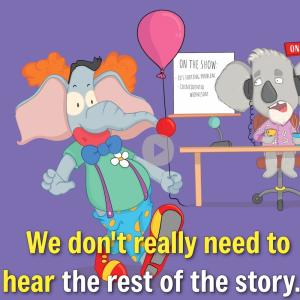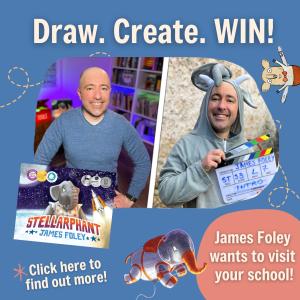Storytelling in the Classroom: A Teacher’s Reflection
18 Dec 2020
Written by Jackie Small, Education Project Specialist.
Six or seven years into my career as a teacher, I had a distinct and purpose-defining ‘penny-drop’ moment.
A colleague who was soon to retire had forwarded me a poem. While Advice to a Young Teacher was not what was sent to me at the time, it is the best example I can find of the content and message of the poem. Many years on, the impact of that poem has continued to stay with me.
Driven at the time, I was easily spending 10-12 hours a day at school striving for excellence as an educator, somewhat obsessed with curriculum and learning outcomes, but I was losing focus on what it truly meant to be a teacher and what children valued and wanted from their days at school.
It’s not a new trend, but it’s certainly significant amongst today’s educators to be so heavily focussed on government directives, latest educational research, curriculum development and data collection that the focus on human connection can get lost.
If you think about your own memories of school, I doubt you remember your test scores and particular projects and learnings. More often than not, it’s the special events, the classroom traditions and the conversations with teachers that you remember.
My experience changed as a teacher after reading that poem.
I connected to my students more authentically and enjoyed attending their extracurricular passions and achievements, like basketball grand finals, choir recitals, ballet concerts and listening to the stories they wanted to share. I was often greeted with hugs when I’d bump into them as adults in the local shopping centre.
Story seems more important than ever, especially after our experience of lockdown. Humans listen to and tell stories as a way of communicating, sharing experiences, learning from others, understanding, empathising and connecting. Educators will know this by the number of students who wanted to show their pets and bedrooms during remote learning video conferences.
Humans participate in story on a daily basis, because we’re wired to connect. We are participating in story when we share experiences at the dinner table, watch Youtube videos, attend a play, Skype with loved ones, chat at the supermarket checkout or even post an image to Instagram.
And yet, story isn’t always prioritised in the classroom. Maybe because it’s not easy to measure.
Storytelling is what ties reading, viewing, writing, speaking and listening together and is an authentic way to investigate and develop skills in these areas. They expose children to a wide range of language features and vocabulary, developing their concepts of print, phonological awareness, comprehension and writing skills.
While stories are the foundation of literacy, the benefits of engaging in them go beyond literacy outcomes, because they help to develop personal, social and critical thinking skills.
Stories also provide opportunities to connect and build relationships with other humans, by realising we share experiences with others. They help us gain a better understanding of the world around us, both immediate and global. It is for these reasons that stories can feel familiar and comforting, or they can open our eyes to foreign worlds and experiences, helping us to develop empathy and social conscience.
But good storytelling needs to be learned, either explicitly or through imitation. We can’t blame an over-crowded curriculum for ignoring story because the Australian Curriculum is richly laced with opportunities to scaffold the skills associated with storytelling, starting with exposure to stories, and moving onto modelling, applying, experimenting and executing stories.
As educators, we must prioritise stories and storytelling when planning learning programs, find multiple, varied and regular ways for students to share their stories and engage in the stories of others. We should plan for them but also remain flexible and be willing to deviate from the teaching and learning program, to make the most of spontaneous opportunities for the telling, sharing and listening of stories.
Where to start?
- Engage in stories daily, whether through books, online storytelling, film, animation or inviting guest speakers to share their stories.
- Make time for verbal storytelling through Show and Tell or Circle Time.
- Encourage students to keep a written or digital journal, such as a vlog.
- Offer different ways for students to communicate their stories in various formats, such as images, poems, song lyrics, play scripts or animation.
- Create opportunities for students to share, by contributing to an online class newspaper, blog, zine, podcast or school newsletter.



